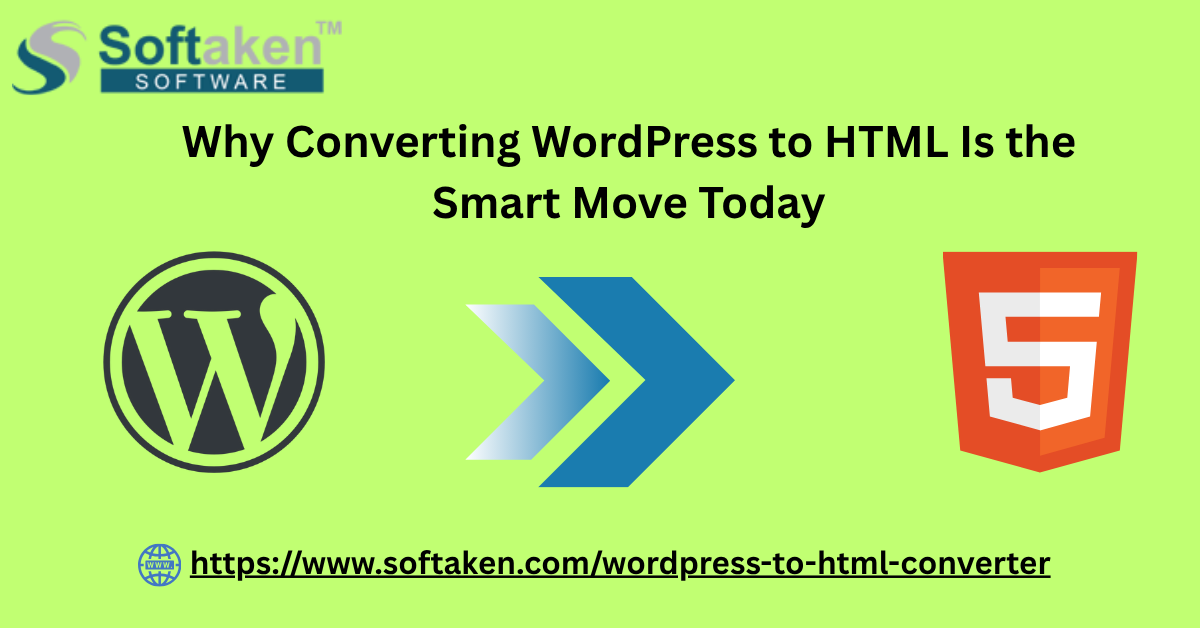Semiconductors have always been judged by their hardware capabilities, but in today’s computing landscape, hardware alone is no longer enough. The seamless interplay between hardware and software increasingly defines performance and efficiency. Artificial intelligence is driving a new paradigm in this space, including hardware/software co-design, where chips are developed in tandem with the software they run. Erik Hosler, a semiconductor innovation expert, highlights how AI-driven tools are transforming design approaches to maximize both efficiency and adaptability. His perspective reflects a critical shift in the industry, one that views hardware and software as partners rather than separate layers.
This development comes at a pivotal time. Demand for high-performance computing is skyrocketing across industries ranging from artificial intelligence to cloud services to mobile applications. Traditional approaches, where hardware and software develop in parallel but not in concert, often leave performance untapped and energy wasted. AI-powered co-design is changing that, enabling architectures that are built with the software in mind from the start. By merging these two worlds, engineers are unlocking a new era of optimization.
Beyond Traditional Silos
Historically, chip development and software design followed independent paths. Hardware teams focused on maximizing processing power, while software engineers optimized code to run within given constraints. The result was often mismatched performance, where powerful chips ran software that failed to exploit their potential fully, or lightweight applications strained limited hardware resources.
These silos introduced inefficiencies at a time when demand for seamless performance is higher than ever. Applications such as artificial intelligence, autonomous vehicles, and data-intensive analytics require chips that are not only powerful but also perfectly tuned to the software they support. The growing gap between hardware capabilities and software requirements has pushed the industry to rethink its design philosophy.
How AI Enables Co-Design
AI brings the analytical power to bridge hardware and software design in real time. Machine learning algorithms can analyze massive datasets of code execution patterns, workloads, and architectural trade-offs to inform chip layouts that are optimized for specific applications. At the same time, AI can recommend software adjustments that better exploit the capabilities of a given architecture.
For example, AI-driven co-design might adjust memory hierarchy on a chip to better serve machine learning workloads, while simultaneously suggesting compiler optimizations to reduce latency. Instead of reactive adjustments after hardware is finalized, AI creates an iterative feedback loop where hardware and software develop together. It ensures efficiency gains that neither side could achieve alone.
Performance Gains Through Joint Optimization
The benefits of AI-powered co-design are most visible in performance metrics. Rather than focusing solely on higher clock speeds or larger core counts, AI identifies opportunities for synergy. A chip designed with co-optimized software can achieve faster throughput at lower energy costs than traditional architectures.
Consider mobile devices: by tailoring processors to match the demands of operating systems and applications, AI-powered co-design can extend battery life while improving responsiveness. In data centers, co-design approaches can align processor design with workload patterns, reducing power consumption and cooling requirements without compromising computational speed.
Reducing Power and Energy Waste
Energy efficiency has become a defining challenge in the semiconductor industry, particularly with the explosive growth of AI models that require massive computational resources. Hardware/software co-design provides a pathway to address this challenge directly.
By modeling both the software stack and the hardware architecture, AI can identify redundancies and inefficiencies that lead to wasted energy. Adjustments such as dynamic voltage scaling, task scheduling, and more innovative cache management are no longer treated as afterthoughts, but they are baked into the architecture itself. The result is chips that consume less power while still delivering top-tier performance.
Reliability and Adaptability
Another advantage of AI-powered co-design lies in reliability and long-term adaptability. Software updates often extend the lifecycle of hardware, but without co-design, these updates may not fully leverage the chip’s potential. With AI-driven insights, hardware can be structured to anticipate future software needs, while software can adapt to hardware constraints with minimal compromise.
This approach is critical in industries like automotive, where chips must remain reliable for years while supporting changing software systems. Co-design creates architectures that are flexible enough to accommodate these changes without sacrificing safety or efficiency.
AI as a Catalyst for Holistic Innovation
The co-design approach also represents a cultural shift in semiconductor development. Rather than treating hardware and software as competing priorities, AI integrates them into a holistic innovation process. Erik Hosler shares, “AI-driven tools are not only improving current semiconductor processes but also driving the future of innovation.” His insight emphasizes that the power of co-design lies not simply in efficiency gains but in the ability to reimagine how technology is conceived and built.
By positioning AI as a catalyst, co-design becomes more than just an engineering strategy. It becomes a foundation for breakthroughs across computing platforms. This collaborative framework enables engineers to approach problems with new creativity, backed by data-driven insights that ensure solutions are both practical and forward-looking.
Meaningful Applications
The applications of AI-powered hardware/software co-design are broad and impactful. In artificial intelligence systems, co-optimized chips and frameworks can reduce training times and inference costs for large models. In consumer electronics, co-design ensures devices that balance performance and energy efficiency to provide smoother user experiences.
For cloud providers, co-designed architectures aligned with server workloads can reduce the total cost of ownership by improving efficiency and reducing cooling requirements. Meanwhile, in emerging fields like quantum computing, co-design principles could accelerate the development of hybrid architectures where classical and quantum systems interact seamlessly.
Challenges to Adoption
Despite its promise, AI-powered co-design comes with hurdles. Integrating hardware and software workflows requires new tools, talent, and methodologies. Many design teams still operate in siloed structures, making it challenging to adopt a unified approach.
AI-driven co-design requires access to large volumes of workload data to make accurate predictions and optimizations. Concerns around data privacy and intellectual property can make this difficult to implement in practice. Finally, interpretability remains a challenge because engineers must be able to validate AI-generated co-design recommendations to ensure safety and functionality.
Where Hardware Meets Software’s Future
AI-powered hardware/software co-design signals a new era in semiconductor efficiency, one where performance is defined by collaboration rather than compromise. By aligning chips with the software they run from the very beginning, engineers can achieve breakthroughs in performance, energy efficiency, and adaptability that were previously out of reach.
As the industry faces growing pressure to deliver sustainable innovation, co-design stands out as an innovative approach that redefines efficiency. Companies that embrace this paradigm will not only improve design outcomes but also set the stage for the next generation of computing.





Leave a Reply